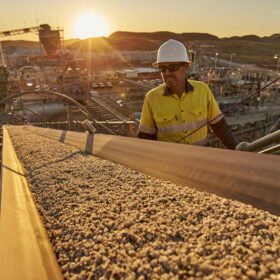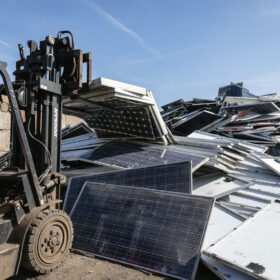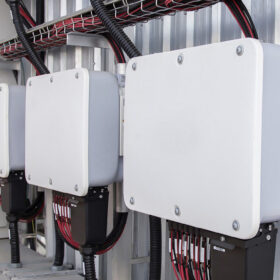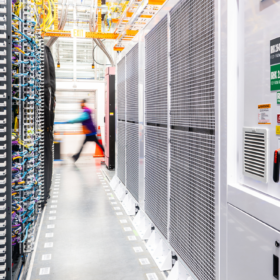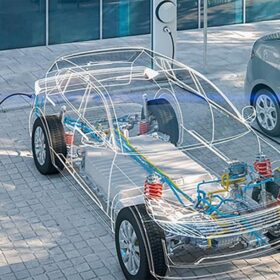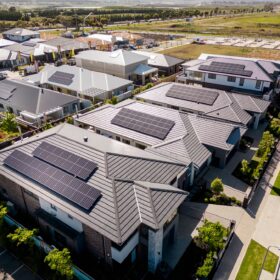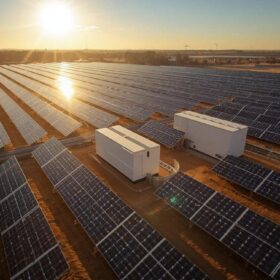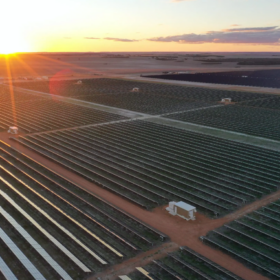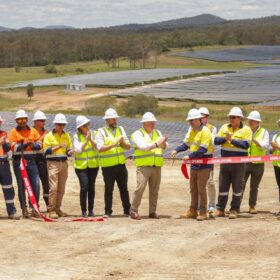Accelerating innovation through collaboration: a sustainable future for Australia’s resources sector
Director of CSIRO Mineral Resources Dr Louise Fisher reveals how collaboration across research, industry and government is driving decarbonisation, digital transformation and the development of sustainable, globally competitive supply chains for critical minerals.
White elephant? Hardly – Snowy 2.0 will last 150 years and work with batteries to push out gas
When Snowy 2.0 is in the news, it’s usually about money. The cost of the huge project has gone well beyond the initial $6 billion estimate and will now cost more than $12 billion.
PV module recycling gains momentum as waste volumes surge globally
A comprehensive new report from IEA PVPS Task 12 reveals how countries around the world are managing the growing volumes of end-of-life solar modules, implementing regulations and scaling recycling infrastructure to handle the expected increment in PV waste over the coming decades.
Improving solar inverter design with silicones
Inverters must withstand the high levels of heat generated when operating, otherwise system performance and reliability could be at risk. Cody Schoener of Dow Performance Silicones argues using silicone-based materials for inverters can improve thermal management and fire protection, while offering thermal stability, environmental resistance, electrical isolation and support for operational efficiency.
‘Use or lend’ program to open up Australian rooftops for solar rollout
Australians love rooftop solar power. About 4 million homes have solar panels on their roofs, and we generate more solar energy per person than any other country. But affordability pressures on homeowners are holding them back from installing rooftop solar on millions of homes. Without this, Australia could struggle to meet its goal of generating more than 80% of electricity from renewables by 2030.
Dealing with demands of power-hungry data centres
The Australian Energy Market Operator estimates data centres will consume 6% of Australia’s grid-supplied electricity by 2030. To put that in context, that’s more than the current share of Australia’s healthcare and social assistance industry. The power-hungry nature of these facilities presents major problems for the energy grid.
Batteries now key fixture of Australia’s decarbonisation roadmap
Millions of Australian households with rooftop solar are now rapidly adding batteries to maximise their generation and regain control over escalating power bills. This is energy democracy in action, with batteries becoming a key fixture of Australia’s decarbonisation roadmap.
Snowy 2.0 cost blowouts might be OK if the scheme stored power more cheaply than batteries. But it won’t
Two years ago, Snowy Hydro announced a reset for its troubled Snowy 2.0 giant pumped hydro project amid cost blowouts. The supposed final cost was $12 billion.
Charge ahead: Designing V2G systems to transform EVs into grid-enhancing powerhouses
Electric vehicle sales and renewable energy production are on the rise globally. The United States alone added 5.8 million light-duty electric vehicles to its roads as of 2023, leading the US Department of Energy to predict that electricity demand for EV charging could increase overall US electricity consumption by 20-50% by 2050.
One quiet change is about to let you export much more solar
Australia has more solar panels per person than anywhere else in the world. One in three houses now has rooftop solar. Our grid operators are working hard to adjust to a new reality where the collective output of rooftop solar is one of our largest sources of power.
